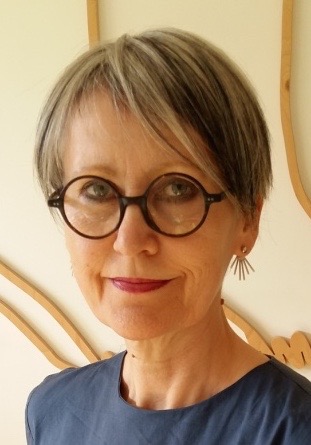VALUING THE GAPS BETWEEN CREATIVE ACTIONS
- Elise V Allan

- May 16, 2021
- 2 min read

Many of us conflate our creativity with our productivity, maybe even over compensating for the popular view of artists as lazy and feckless by holding a relentless work ethic. With the exception of time spent on justifiably important activities, like looking after family, or earning a salary, the spaces in between creating, or doing tangible research, are often considered time wasted. Time spent incubating ideas, or observing and reflecting - crucial aspects of creativity - often seems to provoke guilt and anxiety about procrastination. Work is considered to be going well when incubation is pursued pro-actively; perhaps when the act of doodling, or writing in a stream of consciousness, kick starts us into the next phase of making. When this doesn’t happen, we hope that going for a walk or a short pause to drink tea will provide sufficient space for new material or solutions to percolate up from the unconscious.
But often we are so outcome focused that we miss the depth understanding of the subtle outcomes of stillness. There’s a case for giving value to the spaces of not-doing. Deep immersion in these spaces, rather than distraction from them, can provide or help us to build the foundations for the next period of creativity. And when our practice has ground to a depressing halt, and something in us appears to have died, we might need to extend that immersion to discover what exactly it is that has died or become dormant within us, and to take time to grieve and recover, rather than continuing to go through the motions of half-heartedly producing work without commitment, a sense of aliveness, exploration or curiosity.
Outdated habits might still have momentum. In what direction – or in what loops - are our thoughts habitually taking us? To what negative patterns are our feelings magnetised? If we have reached a dead end rather than moving in a direction that gives our life a sense of purpose and joy, we may need to retrace our steps. We might have been motivated by a feeling that’s run its course, an obsession that has now proved itself irrelevant, or an idea that has turned out to be flawed. We might be recovering from a loss of innocence, a personal trauma that has changed our perspective, or a loss of meaning. Or we might be physically depleted.
Devoting time to a daily ‘un-activity’ of doing nothing can be restorative, enabling us to realign ourselves. Doing nothing might be meditation or simply watching the wind in the trees. Sleep can be transformative, muting any impatience and agitating distractions that have been keeping us on our old momentum. It might take longer to move beyond sorrow or frustration than we’d like, but eventually, in quietness, we are able to discern subtle pulls to new creative possibilities, and understand how we want to adjust our course.
First published in Psychology Today on 11th March 2021



Comments